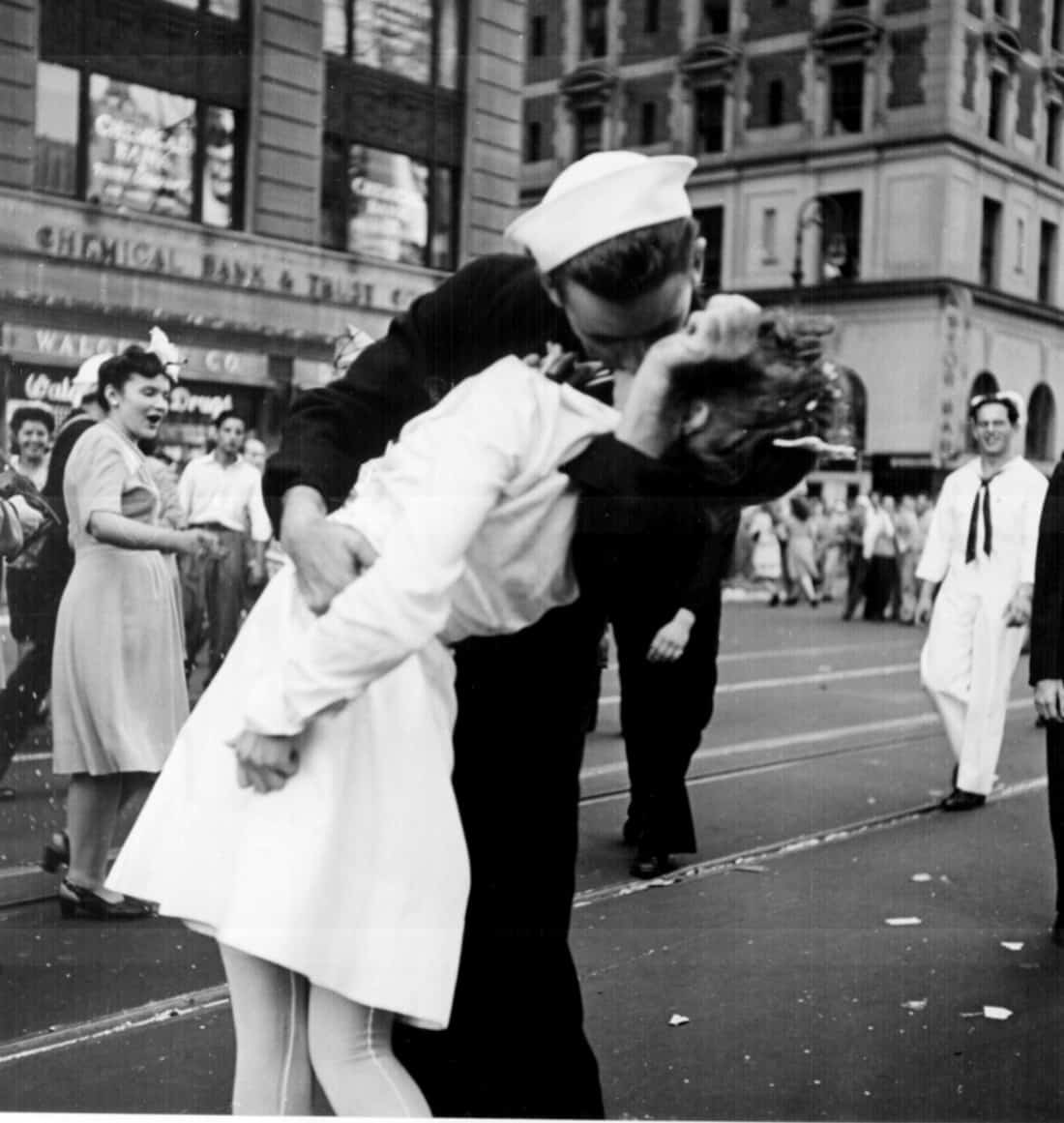Some Ideas on Framing Streets You Need To Know
How Framing Streets can Save You Time, Stress, and Money.
Table of ContentsThe 25-Second Trick For Framing StreetsThe Framing Streets DiariesThe Only Guide to Framing StreetsThe Single Strategy To Use For Framing StreetsFraming Streets - An Overview5 Simple Techniques For Framing Streets
, typically with the aim of catching images at a definitive or poignant moment by careful framing and timing. https://businesslistingplus.com/profile/framingstreets1/.
Everything about Framing Streets
Susan Sontag, 1977 Street photography can concentrate on people and their actions in public. In this regard, the street professional photographer is comparable to social docudrama digital photographers or photojournalists who likewise work in public areas, but with the purpose of capturing newsworthy occasions. Any of these photographers' images may catch people and residential property noticeable within or from public places, which frequently requires navigating honest concerns and laws of privacy, protection, and residential or commercial property.
Depictions of daily public life develop a style in virtually every duration of world art, beginning in the pre-historic, Sumerian, Egyptian and early Buddhist art durations. Art managing the life of the road, whether within views of cityscapes, or as the dominant concept, shows up in the West in the canon of the Northern Renaissance, Baroque, Rococo, of Romanticism, Realistic look, Impressionism and Post-Impressionism.
Top Guidelines Of Framing Streets
Louis Daguerre: "Blvd du Temple" (1838 or 1839) In 1838 or 1839 the very first photograph of numbers in the street was taped by Louis-Jacques-Mand Daguerre in one of a pair of daguerreotype sights drawn from his workshop window of the Blvd du Temple in Paris. The second, made at the elevation of the day, shows an uninhabited stretch of road, while the other was taken at concerning 8:00 am, and as Beaumont Newhall reports, "The Blvd, so continuously filled with a moving bunch of pedestrians and carriages was completely singular, except a person that was having his boots cleaned.
, that was motivated to embark on a similar documentation of New York City. As the city developed, Atget helped to advertise Parisian roads as a worthwhile topic for photography.

Excitement About Framing Streets
The chief Mass-Observationists were anthropologist Tom Harrisson in Bolton and poet Charles Madge in London, and their very first record was produced as guide "May the Twelfth: Mass-Observation Day-Surveys 1937 by over 2 hundred observers" [] Window cleaner at Kottbusser Tor, Berlin, by Elsa Thiemann c. 1946 The post-war French Humanist College photographers discovered their topics on the road or in the bistro. Andre Kertesz.'s widely admired Images la Sauvette (1952) (the English-language edition was titled The Definitive Moment) promoted the idea of taking a photo at what he labelled the "definitive moment"; "when kind and web content, vision and composition merged into a transcendent whole" - sony a9iii.
Framing Streets Things To Know Before You Buy
The recording maker was 'a concealed video camera', a 35 mm Contax concealed beneath his coat, that was 'strapped to the chest and linked to a lengthy cord strung down the best sleeve'. His work had little modern influence as due to Evans' level of sensitivities regarding the creativity of his job and the privacy of his topics, it was not released until 1966, in the publication Several Are Called, with an introduction created by James Agee in 1940.
Helen Levitt, then an instructor of children, connected with Evans in 193839. She recorded the temporal chalk drawings - 50mm street photography that became part of youngsters's road culture in New york city at the time, a fantastic read in addition to the kids that made them. In July 1939, Mo, MA's new digital photography section consisted of Levitt's operate in its inaugural eventRobert Frank's 1958 book,, was substantial; raw and often out of emphasis, Frank's pictures questioned traditional digital photography of the moment, "challenged all the formal rules put down by Henri Cartier-Bresson and Walker Evans" and "contradicted the wholesome pictorialism and heartfelt photojournalism of American magazines like LIFE and Time".